Japan Government Approve Mitsubishi Coral Reef Technology
Coral propagation & transplantation technologies implemented by Mitsubishi Heavy Industries Bridge & Steel Structures Engineering (MBE) have been approved by Japan's Ministry of the Environment.
A demonstration project under way in the waters off Ishigaki Island in Japan's Okinawa Prefecture by MBE has paved the way for its widespread adoption for coral reef propogation.
Two technologies were jointly recognized by the MOE in granting ETV designation: one using a weak electrical current to promote coral growth and the other utilizing electrodeposition technology to transplant coral shelves. The development of technologies has been conducted in collaboration with The University of Tokyo, The Nippon Corrosion Engineering Co., Ltd. (NCE), Ishigaki-based C.P. Farm Co., Ltd. and Akajima Marine Science Laboratory (AMSL), a private research station of Establishment of Tropical Marine Ecological Research (ETMER).
MBE has received the 'Environmental Technology Verification' verification number and official logo from the MOE attesting that the field data was verified by a third-party.
In the coral propagation demonstration test, a weak electrical current is used to promote coral growth. Specifically, magnesium and other metals are attached to a coral reef consisting primarily of iron, and a weak electrical current is generated using the differential between the ionization properties of the different metals (galvanic anode system), which promotes electro-deposition (adhesion) of the calcium content of the seawater. This process results in the formation of calcium carbonate, a compound with a skeleton identical to that of coral, fostering coral skeleton formation.
This is the first time that electro-deposition technology using the galvanic anode system to continuously supply electricity has been applied to coral propagation. Earlier attempts have made use of external power sources such as solar batteries. The new technology was adopted out of concern for potential damage to power supply equipment from typhoons and in view of problems such as nighttime power supply stoppages.
Owing to their ability to absorb carbon dioxide (CO2) and other pollutants, coral reefs play an important role in purifying the earth's environment. But bleaching attributable to higher sea temperatures along with global warming has been reducing coral reefs not only in the waters around Okinawa but increasingly worldwide, creating a major environmental problem.

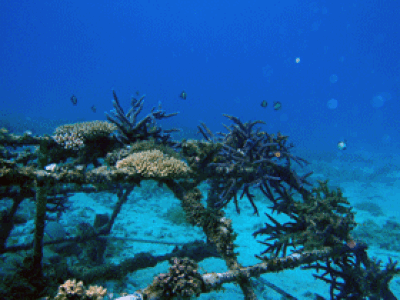

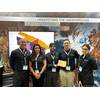


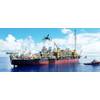
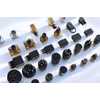






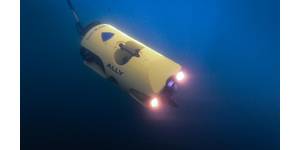
 February 2025
February 2025



